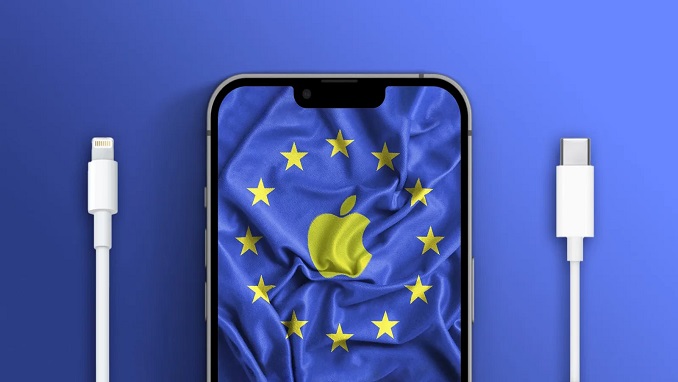
The European Union is paving the way for all smartphones to be legally required to use a USB-C port for charging. This is a headache for Apple, whose iPhone is the only main smartphone brand that has a completely different charging port.
Apple uses lightning ports for wired charging for its iPhones.
The EU’s agreement will apply from the Autumn of 2024 for all smartphones that are sold within the EU. So Apple will have about a year and a bit to make phones with the legally required port.
USB-C ports have already been introduced in the MacBook 2015 model, as well as the iPad Pro in 2018. Other iPads have come with the USB-C port since 2020.
Many people express desires to do away with their “dongle” bundles of lots of cords and adapters and instead have them replaced with a singular universal cable for all Apple products.
The EU said that the motive behind this rule change is to reduce hassle for consumers, as well as cut down on electronic waste.
The rules will be applied to small and medium-sized portable electronic devices. Along with mobile phones, this therefore will include tablets, cameras, keyboards, speakers, headphones, earbuds, and headsets. Laptops are next and will have to fit the requirements 40 months after they come into law.
The decision is yet to be finally approved by the European Parliament and the European Council, but these steps are expected to be a formality.
European Parliament spokesperson Alex Agius Saliba said European consumers have long been frustrated with multiple chargers piling up with every new device, hailing the new “common charger.”
Apple is notorious for changing its charging cords and ports, especially for ensuring they are different from other competitors’. Business experts say this is simply for the company to make more cash.
The EU estimates that the new legislation will save consumers a lot of money, up to 250 million euros a day on “unnecessary charger purchases.” In terms of e-waste, it is expected to cut down on about 11,000 tonnes of e-waste annually.

Be the first to comment